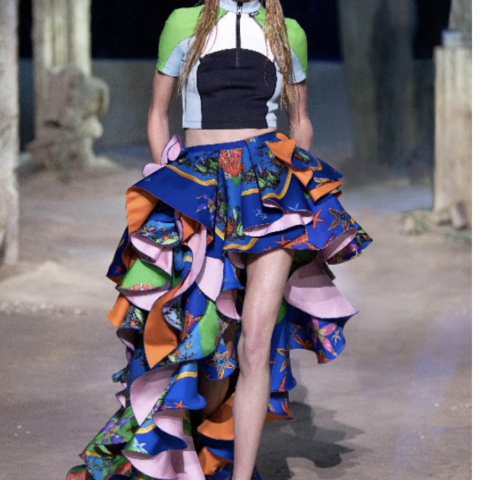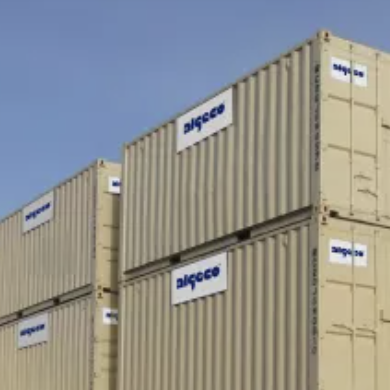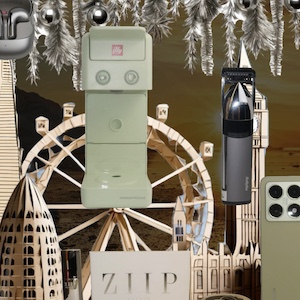Artificially Built
By Noemie Hamon
When we think of houses we think of wood and brock of items manipulated by man taken from nature. When we think of 3D printing, we think of a one-stop-shop to make something totally man-made; Yet the two are now meeting. 3D’s way of building objects is still considered usual, yet 60 years of improvements with new materials, new ways of exploring this technique have gotten us to a stage where we can now print 3D houses. These printed houses have special recognizable shapes. Their futuristic aesthetic and the way they are made can revolutionize housing design. Let’s activate our creativity and discover Artificially Built.
The 3D printers are diversifying, growing and becoming so much more capable, their fields of possibilities widening. Today it is possible to build houses with a 3D printer. What if you could program your house, personalized it as you want; then just send it to the machine and a few days later you would have your house entirely built? This is potentially what is being offered today. These machines can create a 3D house, with some limitations still yet creation ultimately is a field without limits.
The 3D printer creates visible rounded layers and layers stacked onto of one another to form a wall. The final result is exciting and futuristic.
Have you ever heard about the Milestone project? It is the project, in the Netherlands, to build a whole habitable house in 3D. The first house is built, its walls look just like other 3D printed walls: layers and layers. However, this house was designed to look like a shelter, it is like a shell in which to be protected; a cocoon.
A short video about the Milestone project
Most of the 3D houses have a very similar visual because of the way the concrete is pushed out of the machine, a sausage-like stack. However, in 2020, a 3D printed house was built in Dubai, by Apis Cor. The finish of the house was distorted from its basic aesthetic. The layers are covered to a smooth finish allowing from huge white walls. It is today the biggest 3D printed house in the world, its volume? 6,900 square feet.
These kinds of futuristic houses are appreciated for their innovative beauty. Visible layers or not they are pure, designed in white or a light colour, in a clean and minimalist aesthetic. As well as the potential for quick solutions to housing problems, the world over.
Some of these houses even pushed further the minimalist concept. There are a lot of tiny 3D printed houses. In the video below, discover this tiny house, made by Mighty Buildings, in the same aesthetic as the others. Clean, pure, and with a lot of light inside. Light is even more important as the house is really small.
This new way of housing is not only appreciable for its futuristic aesthetic. It can also become an ecological sustainable project as WASP did with Tecla. Tecla is the house below, made only with locally sourced reusable and recyclable materials. Its aesthetic is almost traditional and at the same time futuristic with these semicircles on the walls.
Artificial and Nature are not words we often see or hear put together but AI SpaceFactory has created a 3D printed home designed and built especially for Nature. Its materials can even be composted back to Earth. This home has been conceived to perfectly fit Nature. Everything in its aesthetic reminds Nature, for a final result looking like a futuristic natural house.
3D printing is still in its infancy. Print house is a dream which is becoming true today. It is the future of design innovation. The more this technology develops, the more the possibilities of customization will expand and then creativity will have no limits.
You can find more about the Milestone project here, Apis Cor here, Mighty Buildings here, WASP here and Tera from SpaceFactory here.
If you enjoyed reading Artificially Built, why not read Digital World?





